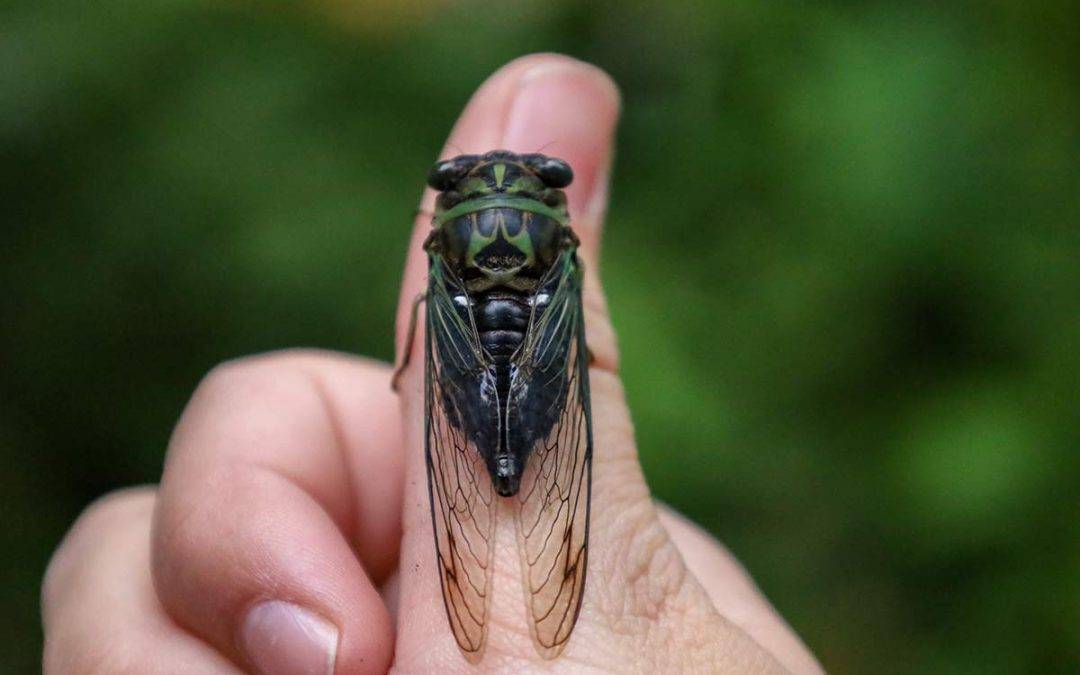The Cicadas have invaded Virginia. But, we aren’t alone.
Every 17 years, parts of the United States witness a remarkable natural event: the emergence of a particular brood of cicadas known for their extraordinarily long juvenile period underground. This year, communities like Williamsburg, Virginia, are experiencing this phenomenon firsthand. The return of these cicadas not only marks a significant event for scientists but also for the local ecosystem and the curious onlookers who get to witness it. But what exactly happens during these 17 years, and why do these insects have such an unusual lifecycle? Let’s dive into the fascinating world of cicadas to understand this better.
The Early Stages: Birth and Burrow
The life of a cicada starts in a rather dramatic fashion. After mating, female cicadas lay their eggs in the slits they carve into tree branches. When these eggs hatch, the newborn nymphs make a daring leap from the tree to the ground below. Once on the ground, these tiny creatures burrow into the soil. This marks the beginning of a long subterranean phase of their life, which can last up to 17 years for some species.
Underground Years: Growth and Development
Beneath the soil, cicada nymphs go through a slow and steady process of growth and development. They feed on xylem, the sap from tree roots, which provides them with all the necessary nutrients for their long developmental phase. This sap isn’t particularly nutrient-rich, which is part of the reason cicada nymphs must stay underground for so many years. During this time, they go through several stages of growth, known as instars.
As cicadas mature through their instars, they dig periodically to find new roots and thus more food sources. This lengthy period underground is crucial for their development and is a significant survival strategy. By staying underground for many years, they avoid predation and can emerge in massive numbers, overwhelming any remaining predators with their sheer volume.
The Emergence: A Synchronized Event
The emergence of cicadas is a masterclass in natural synchronization. After 17 years, when the soil temperature reaches about 64 degrees Fahrenheit at a depth of eight inches, the nymphs know it’s time to emerge. This usually happens during spring, leading to a spectacular natural event where millions of cicadas surface within just a few nights.
Upon emerging, cicadas immediately begin the process of shedding their nymph exoskeletons, a process known as molting. Attached to tree trunks and other vertical surfaces, they leave behind their old skins and emerge as adults with soft, new exoskeletons that harden in the air.
The Final Act: Mating and Death
Once their exoskeletons harden, adult cicadas have only a few weeks to complete their final task: reproduction. This phase of their lifecycle is loud and conspicuous. Males sing en masse to attract females, creating a cacophony that can drown out even the noisiest neighborhoods. After mating, females lay their eggs, and the cycle begins anew. Soon after, the adults die, having completed their part in the perpetuation of the species.
The Broader Impact
The cicada’s lifecycle, especially their synchronized emergence, plays a significant role in their local ecosystems. When they die, their bodies provide a substantial nutrient boost to the soil. Predators feast on the bounty of protein, and other animals benefit indirectly from the abundance.
Understanding the lifecycle of these 17-year cicadas gives us a glimpse into the complexity and interconnectivity of nature. For those witnessing this event, it’s a reminder of the wonders and peculiarities of the natural world—a spectacle that won’t be seen again in the same place for another 17 years.
This long lifecycle of cicadas is more than just a curiosity; it’s a reminder of the resilience and intricacies of nature’s designs. Whether you’re a nature enthusiast, a scientist, or just someone with a keen interest in the quirks of the natural world, the cicada emergence is a phenomenon that’s both intriguing and awe-inspiring.


Recent Comments